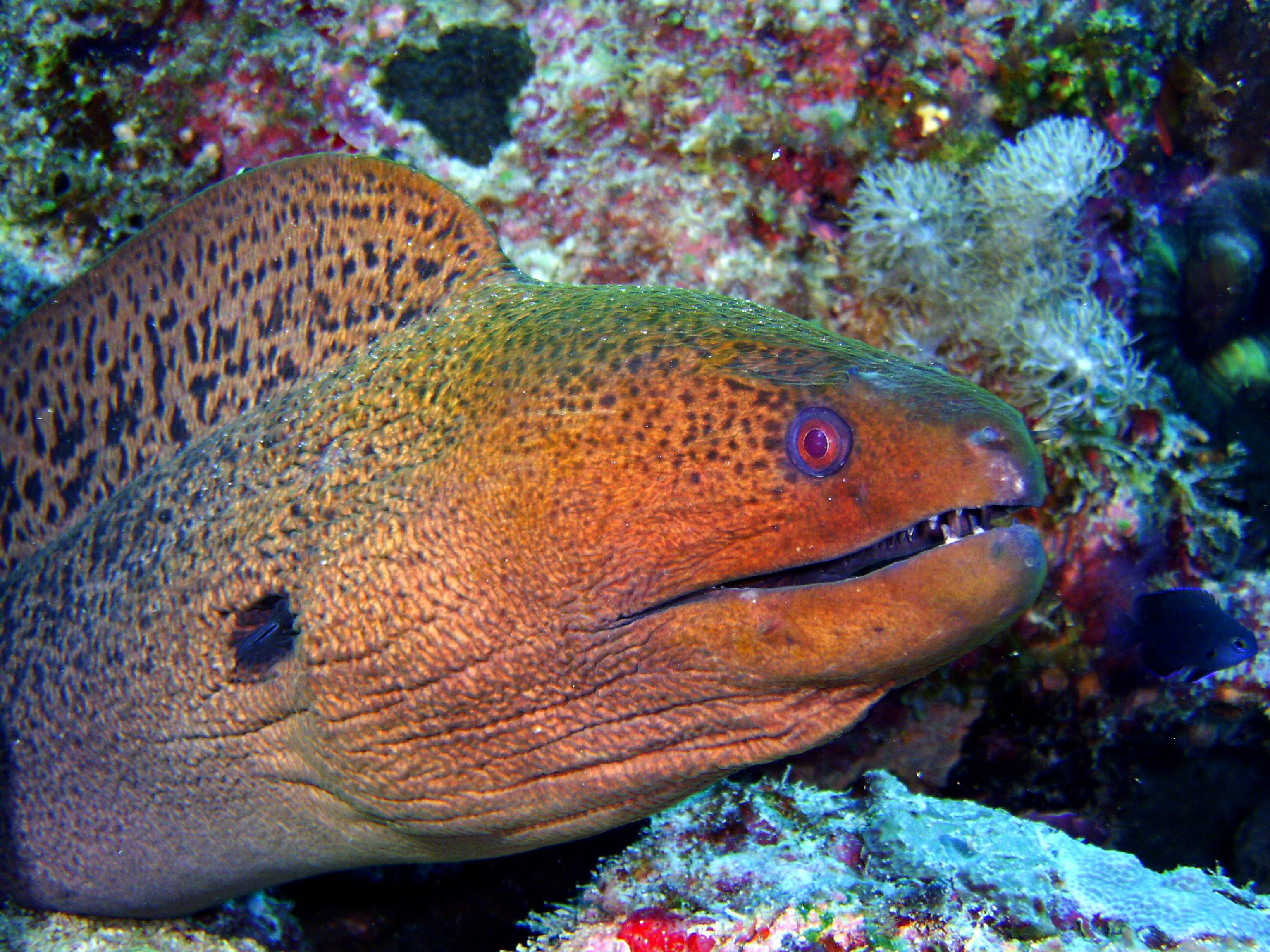We're open daily! View holiday hours
Science News
Undercover Ecosystem Agents
June 6, 2013
by Molly Michelson

Healthy ecosystems often rely on secret agents. Not spies, but organisms that might not seem to have an obvious connection to a natural community. We reported on this earlier in the week when we described the influence of toucans on the evolution of palm trees in the Brazilian rainforest. Now, two other recent studies make these hidden, yet important, connections more apparent.
With coral reef ecosystems around the world under threat from climate change, coral bleaching and ocean acidification, Australian researchers are looking for resourceful ways to save these communities. Reporting in Nature Communications this week, a team led by Joseph Maina from Macquarie University determined that a coral reef off the coast of Madagascar could benefit from a healthy forest on the mainland.
It’s not obvious, but the scientists discovered that improving land-use management strategies, such as controlling sediment pollution caused by deforestation and soil erosion, are crucial to reef survival.
“Curbing sediment pollution to coral reefs is one of the major recommendations to buy time for corals to survive ocean warming and bleaching events in the future,” says co-author Jens Zinke of the University of Western Australia. “Our results clearly show that land-use management is the most important policy action needed to prevent further damage and preserve the reef ecosystem.”
In another study, published last week in PLoS Biology, researchers examined the role of species in a variety of ecosystems—from coral reefs to tropical forests to alpine meadows—in terms of their abundance. David Mouillot of the University of Montpellier 2 and his colleagues found that it is primarily the rare species, rather than the more common ones, that have distinct traits involved in unique ecological functions. As biodiversity declines, these unique features are particularly vulnerable to extinction because rare species are likely to disappear first.
Biodiverse environments are characterized by many rare species. These rare species contribute to the taxonomic richness of the area, but their functional importance in ecosystems is largely unknown. It is often assumed that they fulfill the same ecological roles as those of common species but have less impact because of their low abundance, but the work of Mouillot and his team shows that, in fact, the opposite may be true.
Examples of such functional species include the giant moray (Gymnothorax javanicus), a predatory fish that hunts at night in the labyrinths of coral reefs; the pyramidal saxifrage (Saxifraga cotyledon), an alpine plant that is an important resource for pollinators; and Pouteria maxima, a huge tree in the rainforest of Guyana, which is particularly resilient to fire and drought. Not only are these species rare, but they have few functional equivalents among the more common species in their respective ecosystems.
“Our results suggest that the loss of these species could heavily impact upon the functioning of their ecosystems,” says Mouillot. “This calls into question many current conservation strategies.” The authors argue that the preservation of biodiversity as a whole—not just the most common species—appears to be crucial for the resilience of ecosystems.
Image: David Mouillot/PLoS Biology